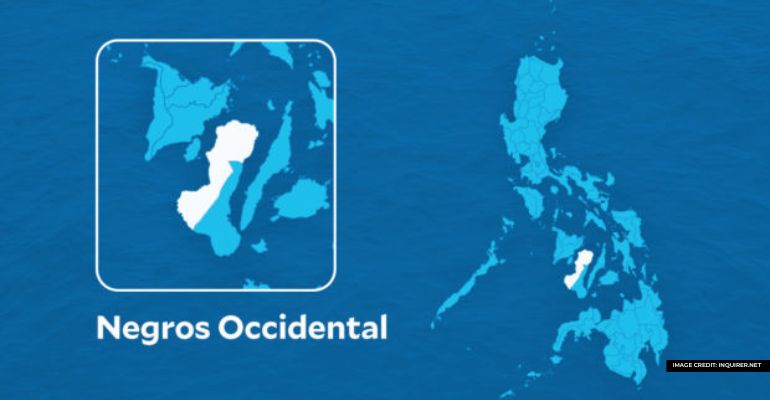The provincial government of Negros Occidental intends to offer assistance farmers from seven localities affected by the dry spell.
Governor Eugenio Jose Lacson stated in a media interview on Wednesday that he has directed Provincial Administrator Rayfrando Diaz II to identify funds that could be allocated to support the affected rice farmers.
“He said there is (available funds). We will sit down with the Office of the Provincial Agriculturist (OPA) to set the parameters on who is qualified to receive assistance,” he said.
The governor mentioned that the nature and extent of aid would be contingent upon the report to be furnished by the provincial agriculturist.
“With regard to rice, we have areas that are irrigated and so we have to maximize the water available for these irrigated lands,” he said.
“The rice lands affected right now are those that have been dependent on rain. They never had irrigation for their rice lands so naturally they will be the first victims,” he added.
The majority of rice production in Negros Occidental originates from irrigated farmlands. As reported by the Office of the Provincial Agriculturist (OPA) on Tuesday, agricultural damage and losses totaling PHP12.8 million have been recorded, affecting 373 rice farmers across 346 hectares of rice fields in 36 upland villages.
The impacted rice crops are at various stages of growth, ranging from the vegetative stage to readiness for harvest.
The affected regions include the cities of Himamaylan and Sipalay, along with the municipalities of Isabela, Binalbagan, Hinobaan, Moises Padilla, and Cauayan.
Acting Provincial Agriculturist Dina Genzola noted that while heavy, moderate, and light rainfall has been observed in approximately 20 other local government units (LGUs), there has been no recorded rainfall in the southern cities and municipalities of Negros Occidental.
Keep Reading: Cebu City proposes large water catchment to address flooding

Leave a Reply